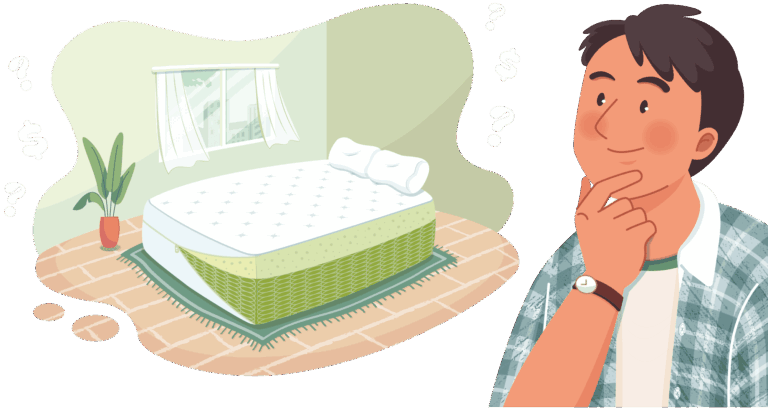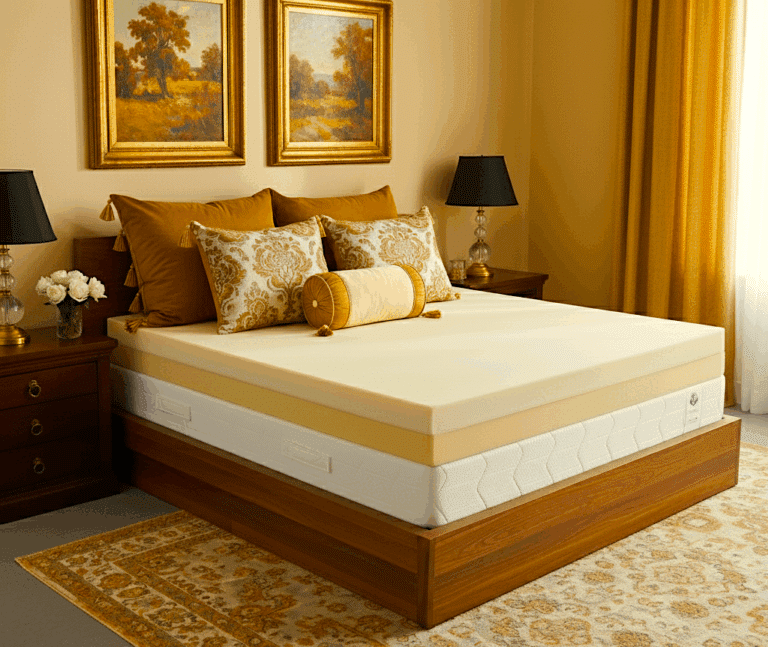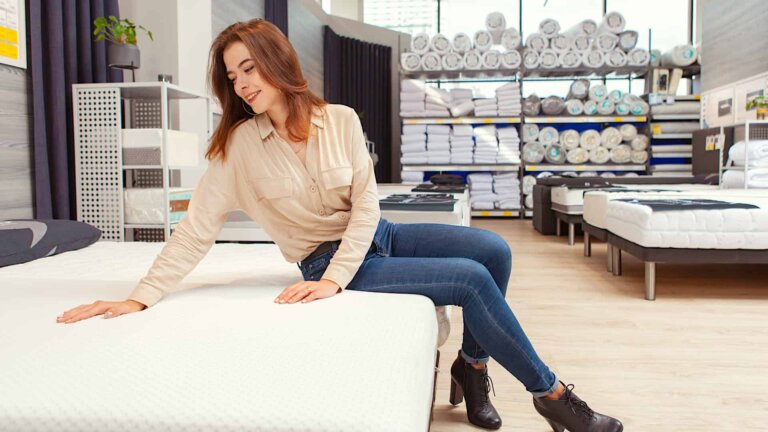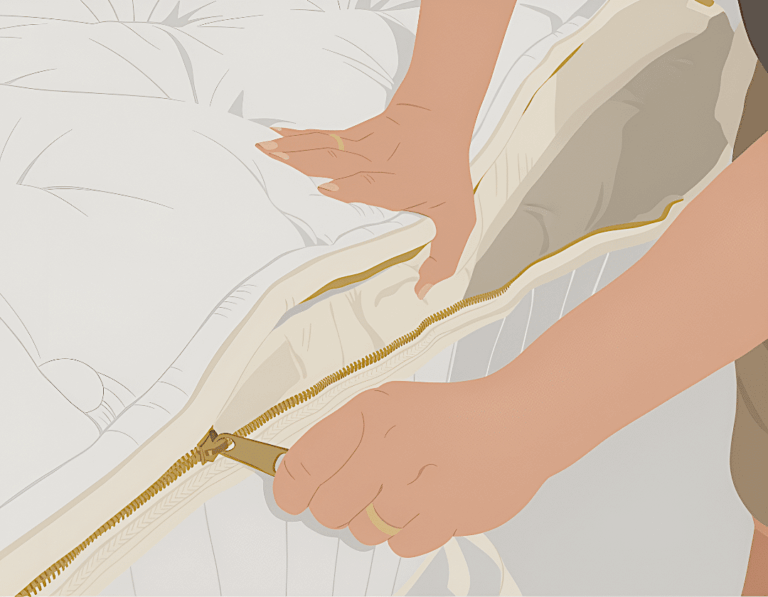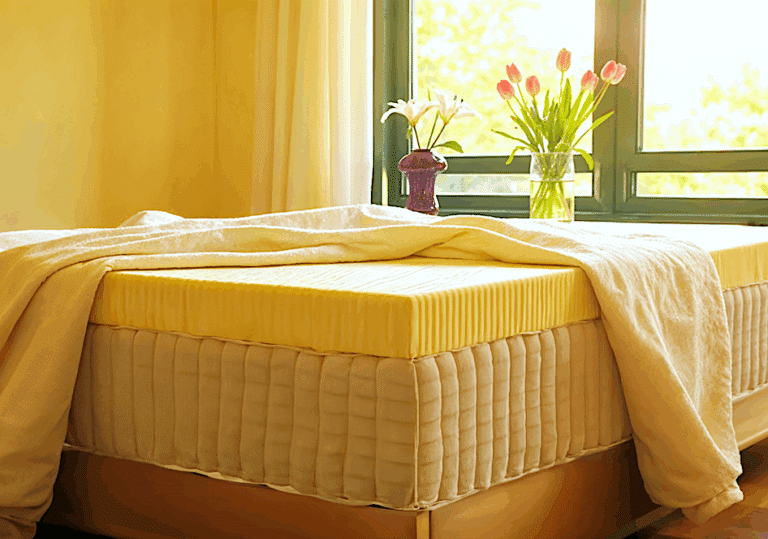Understanding Mattress Comfort Layers:
A DIY Guide
Mattresses may SEEM complex.
BUT. We promise, they are not, and you can DIY your own.
Let’s walk through the thought process behind choosing the best comfort layers for your ideal DIY mattress build.

Last modified on:
Reading time: 8 minutes

Intro: Why Comfort Layers Matter
The comfort layer on any mattress is where you’ll find pressure relief and coziness. It’s the top layer (or layers) that determine how your mattress feels.
It’s also the layer that usually breaks down first in most mattresses, so it’s a layer you’ll eventually probably replace first.
We’ve developed this guide to help you demystify comfort layers, choose quality materials that fit your needs, and feel confident selecting the right comfort components.
What Is a Comfort Layer? What Does It Do?
01.
Provide pressure relief
for shoulders, hips, and joints so you don’t experience pressure pain.
02.
Contour
to your shape, offering cradled comfort for your entire body.
03.
Offer temperature regulation
through breathable or cooling materials and, ideally, moisture-wicking.
04.
Bring the coziness
like softness, bounce, and/or a pleasantly cradling feel.
The comfort layer sits on top of the support layer (i.e., coils or dense foam), and together with a zippered cover, they create the complete mattress.

How Do You Choose the Right Comfort Layer for Your Needs?
It’s all about your body and how you sleep.
Ask yourself:
What’s your primary sleep position?
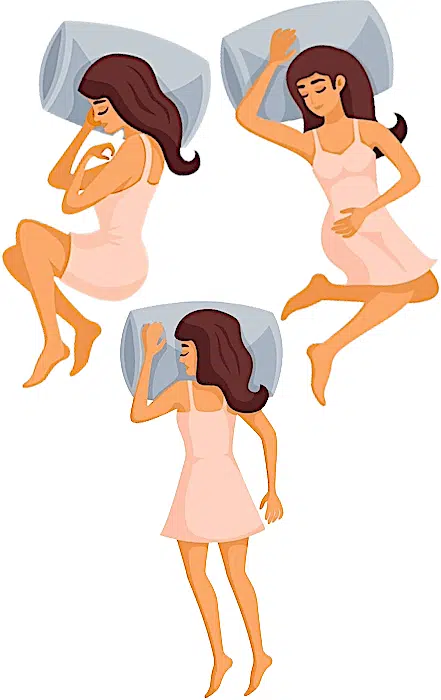
Do you sleep hot or cool?
Do you like a bouncy or sinking feel?
Do you have any allergies or sensitivities?
When in doubt, start with a 2–3 inch comfort layer and test it over your support layer. You can always add to it or entirely swap it out thanks to your zippered cover.
How Do You Use Your Bed?
Choosing the right comfort layer isn’t just about sleep position and firmness preferences. It’s also about how you use your bed throughout the day (and night).
Here’s what to consider:
If your bed doubles as your sofa, your desk, your dining nook, or your stage for, ahem, other activities, the comfort layer you choose needs to hold up to more than just sleep.
Do You Sit Up in Bed Often?
If you regularly:
…then your comfort layer experiences repeated concentrated pressure on the same spots. Over time, this can lead to premature compression or indentations, especially in softer foams like low-density memory foam or polyfoam.
Best choices for sitters & loungers:

Materials to approach with caution:
Let’s Talk About Sex
Yes, your mattress has to sleep well.
But for many couples, it also has to move well.
And not all comfort layers are created equal when it comes to sex.

Key considerATIONS
Best Comfort materials for intimacy
Less ideal
Match Your Materials to Your Life
Your mattress should fit you, not just your sleep style, but your lifestyle.
So before you settle on your comfort layer, take an honest look at what happens in your bed during the 16+ hours you’re not asleep.
What Are the Most Popular Comfort Layer Materials?
There are several options for comfort layers, and you can stick to one or use a combination. Here’s a breakdown of the top options, along with their pros, cons, and best use cases:
LATEX FOAM (NATURAL or BLENDED)
Durable, long-lasting, bouncy, breathable, and naturally resistant to dust mites and mold. Ideal for sleepers who want responsiveness without heat retention.
Great for: Hot sleepers, eco-conscious buyers, longevity
Skip it: If you don’t like bounciness or if you prefer to ‘sink in’ to your mattress
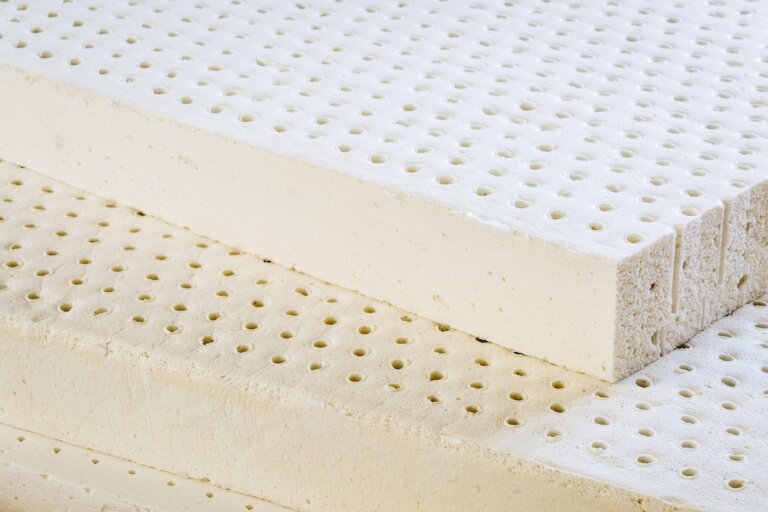
MeMory Foam
Great for: Side sleepers, pressure relief seekers, light sleepers.
Skip it: If you sleep hot or want to avoid polyfoams.
Wool
Great for: Natural builds, temperature balance, chemical-free sleeping.
Skip it: If you are looking to keep costs down or are vegan.
Gels, Grids & Hydrogels
Great for: Hot sleepers, fans of modern mattress tech, those who dislike memory foam’s sink.
Skip it: If you’re looking for an organic mattress. These materials also need replacing more often.
Other PolyfoamS
Great for: Budget-conscious builds, layering with other materials.
Skip it: If you sleep hot or want to avoid polyfoams.
Serene Foam
Great for: People who want the feel of memory foam without the heat or “stuck” sensation.
Skip it: If you’d prefer to avoid polyfoams all together.
Microcoils
Great for: Extra breathability, subtle bounce, zoning comfort.
Skip it: If you’d prefer to avoid the bounciness.
How Much Should You Expect to Pay?

Here’s a rough pricing guide for comfort layers (based on queen-size, 2–3 inch slabs).
Prices vary based on thickness, quality, and certifications (like GOLS or CertiPUR-US).
But remember: unlike a store-bought mattress, you’re only paying for what you want and need.
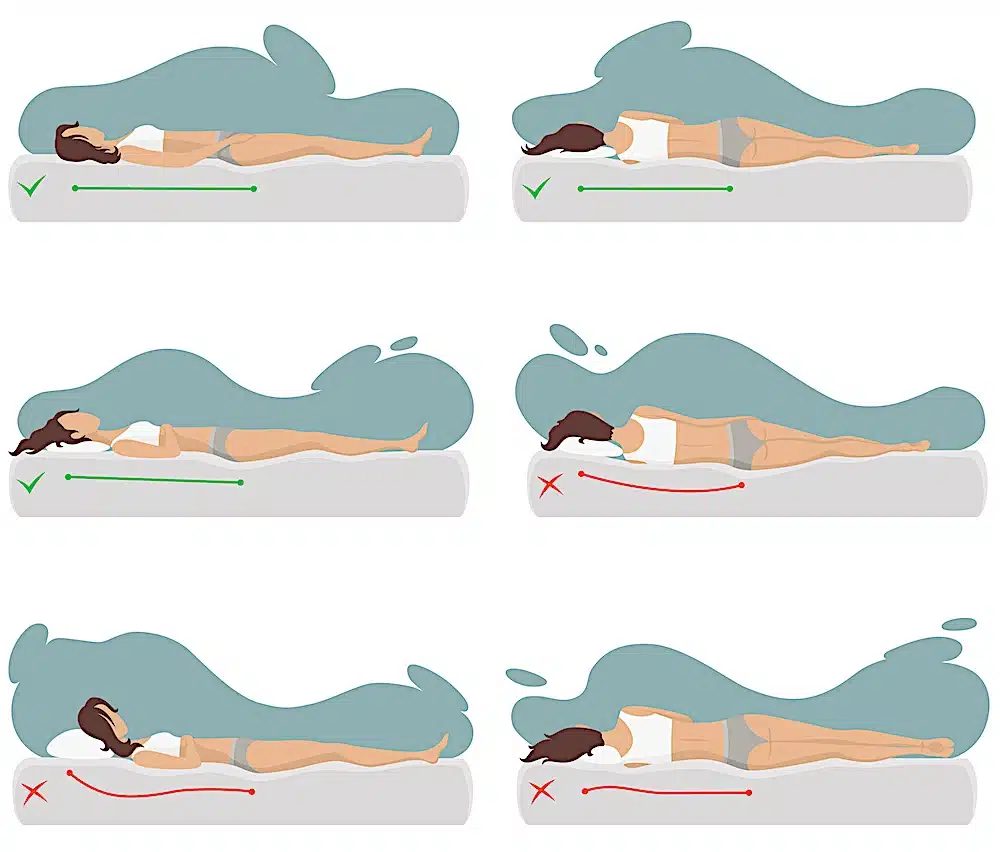
When Is It Time to Replace Your Comfort Layer?
The comfort layer is usually the first part of a mattress to wear out. Watch for:
With a DIY mattress, replacement is easy: unzip, swap the layer, zip it back up.
Where Can You Buy High-Quality Comfort Layers?
We maintain a growing directory of comfort layer vendors that sell latex, foam, wool, coils, and specialty toppers. These are the same materials used by the factory-mattress manufacturers, but they all sell directly to consumers.
(And if you find a great source we missed, let us know!)
